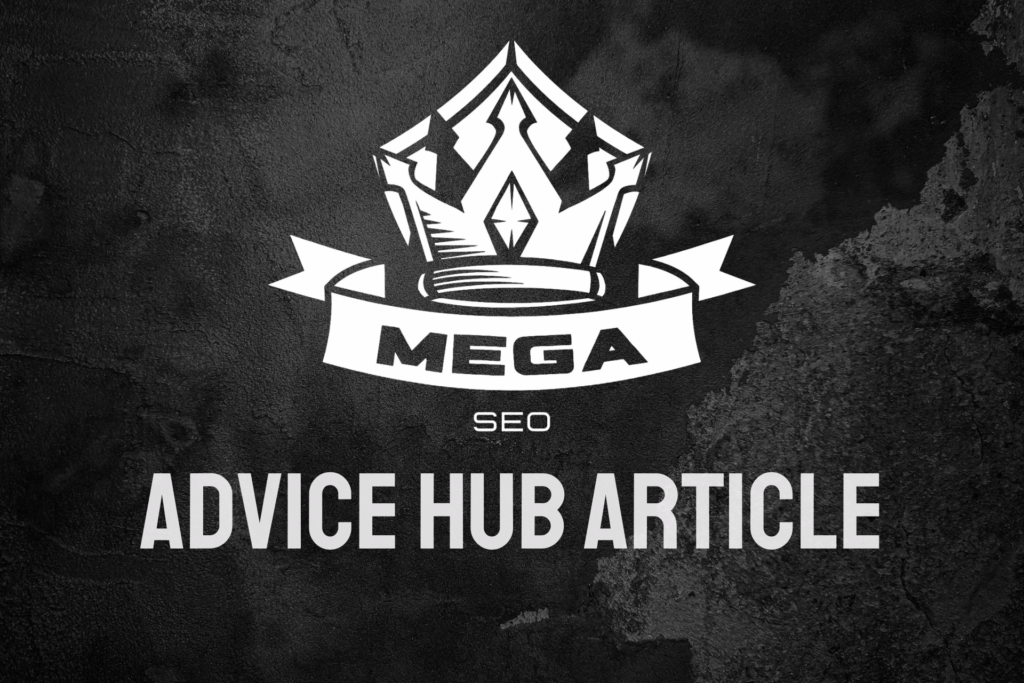Duplicate content can be a thorn in the side of any website owner or SEO professional. It’s a common problem that can significantly impact your search engine rankings and overall online visibility.
Our team explore the ins and outs of duplicate content, why it matters, and most importantly, how to effectively handle it….
What exactly is duplicate content?
Duplicate content refers to substantive blocks of content within or across domains that either completely match other content or are appreciably similar.
This can occur on a single website or across multiple websites. It’s important to note that duplicate content isn’t always the result of deliberate actions; often, it’s an unintended consequence of website structure or content management practices.
Why does duplicate content matter for SEO?
Search engines like Google aim to provide users with the most relevant and valuable results for their queries. When multiple pages contain the same content, it becomes challenging for search engines to determine which version is most relevant to a given search query. This can lead to several issues:
1. Diluted link equity: When links from external sources are spread across duplicate pages, the overall ranking power of your content is diminished.
2. Wasted crawl budget: Search engine bots spend time crawling multiple versions of the same content, potentially missing out on crawling unique, valuable pages on your site.
3. Uncertain rankings: Search engines may choose to display an undesired version of a page in search results, leading to inconsistent rankings.
4. Potential penalties: While rare, in cases of deliberate, manipulative duplication, search engines may penalise a site.
How can you identify duplicate content issues?
Identifying duplicate content is the first step in addressing the problem. Here are some effective methods:
Use specialised tools
Several tools can help you detect duplicate content across your website or the web:
- Google Search Console: This free tool from Google can help you identify duplicate title tags and meta descriptions.
- Screaming Frog: This popular technical SEO spider tool can crawl your website and identify duplicate content, title tags, and meta descriptions.
- Copyscape: This tool allows you to check for duplicate content across the web, which is particularly useful for identifying content that’s been copied from your site.
Conduct manual checks
While tools are helpful, manual checks can often uncover issues that automated tools might miss:
- Use site: search operator: Enter “site:yourdomain.com” followed by a unique phrase from your content into Google. If multiple pages appear in the results, you may have duplicate content issues.
- Check different URL variations: Manually check if your content is accessible through different URLs (e.g., with and without ‘www’, HTTP vs HTTPS, with and without trailing slashes).
What are the common causes of duplicate content?
Understanding the root causes of duplicate content can help you prevent issues before they arise:
1. URL variations: The same content accessible through multiple URLs (e.g., http://www.example.com and http://example.com).
2. Session IDs: Dynamic URLs created for user sessions can lead to duplicate content issues.
3. Printer-friendly versions: Creating separate printer-friendly pages without proper implementation can result in duplication.
4. Product descriptions: E-commerce sites often use manufacturer-provided product descriptions, leading to duplication across multiple websites.
5. Scraped or copied content: Content deliberately copied from other sources without adding value.
How can you effectively handle duplicate content issues?
Now that we’ve covered the what, why, and how of identifying duplicate content, let’s dive into the strategies for handling these issues:
1. Implement canonical tags
Canonical tags are a powerful tool for indicating to search engines which version of a page should be considered the “master” copy. By adding a rel=”canonical” tag to the HTML head of your duplicate pages, you’re telling search engines which URL is the preferred version.
Here’s an example of a rel=”canonical” tag for Mega SEO’s homepage:
How This Works:
rel=”canonical”: This attribute tells search engines that this is the preferred or “canonical” URL for the page content.
href=”https://megaseo.co.uk/“: This is the URL of the preferred version of the page.
When to Use It:
To avoid duplicate content issues when similar content exists on multiple URLs, and to consolidate link signals and ensure search engines index the correct version of the page.
If you have a specific blog or service page on your site, you can modify the href to reflect that URL. For example:
This method is particularly useful when you can’t remove duplicate content for technical or business reasons.
2. Use 301 redirects
If you have multiple URLs serving the same content, consider implementing 301 redirects. This permanently redirects users and search engines from the duplicate page to the preferred version. It’s an effective way to consolidate link equity and avoid duplicate content issues.
3. Utilise the parameter handling tool in Google Search Console
For dynamic URLs that create duplicate content (like those with session IDs or tracking parameters), use the URL Parameters tool in Google Search Console. This tool allows you to tell Google how to handle specific parameters in your URLs.
4. Implement proper pagination
For content spread across multiple pages (like product listings or blog archives), use rel=”next” and rel=”prev” tags to indicate the relationship between component URLs in a paginated series.
5. Create unique content
While it might seem obvious, one of the most effective ways to handle duplicate content is to create unique, valuable content for each page.
This is particularly important for e-commerce sites using manufacturer product descriptions. Consider writing your own unique product descriptions or adding additional, valuable information to differentiate your pages.
6. Use hreflang tags for international sites
If you have multiple versions of your site for different languages or regions, use hreflang tags to tell search engines which version of a page they should display for users in a specific country.
7. Consolidate similar pages
If you have multiple pages with very similar content, consider consolidating them into a single, more comprehensive page. This not only solves the duplicate content issue but often results in a stronger, more valuable page for both users and search engines.
How can you prevent future duplicate content issues?
Prevention is always better than cure. Here are some strategies to avoid duplicate content issues in the future:
1. Implement a consistent internal linking structure
2. Use a content management system (CMS) that’s SEO-friendly and allows for easy canonical tag implementation
3. Regularly audit your site for potential duplicate content issues
4. Educate your content team about the importance of creating unique content
5. Use tools like plagiarism checkers before publishing new content
Partnering with Mega SEO for Duplicate Content Solutions
Handling duplicate content issues can be complex, but it’s a crucial aspect of maintaining a healthy, SEO-friendly website. At Mega SEO, we specialise in identifying and resolving duplicate content problems, ensuring your website performs at its best in search engine results.
Remember, in the world of on-page SEO especially, unique, valuable content is king. By addressing duplicate content issues, you’re not just improving your search rankings – you’re providing a better experience for your users and establishing your website as a trusted, authoritative source in your industry.




